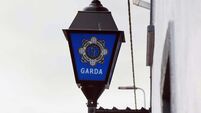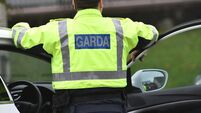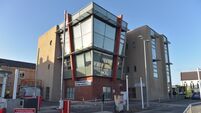Plans for 289 residential units in Cork shot down as 'steep' site discourages walking
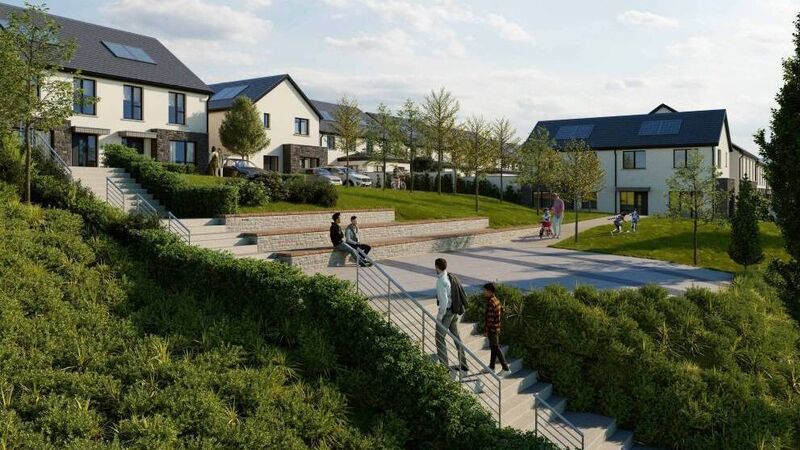
Steps and a plaza on the northern part of the plot. An Bord Pleanála said pedestrian and cyclist facilities on the existing local road network are substandard and it considered that the increased demand generated by this development would result in future residents walking and cycling along the local roads, leading to conflict between vehicular traffic, pedestrians and cyclists. Photo: Bluescape Limited
Contentious plans for 289 residential units close to a small village east of Cork city have been shot down because the site was too steep to encourage enough walking and cycling.
An Bord Pleanála has refused permission for the strategic housing development (SHD) on lands at Lakenroe in Glounthaune, roughly halfway between Cork and Midleton on the Cork commuter rail corridor, citing among its concerns the fact that the development would be dominated by car use because adequate cycling and pedestrian facilities couldn’t be delivered on the steeply sloped site.
It said the proposed development would generate increased traffic, give rise to traffic congestion, and would endanger public safety by reason of traffic hazard in an area with small and narrow roads with restricted capacity.
The Glounthaune Sustainable Development Committee, part of the local community association, made one of the 84 submissions on the SHD. Its secretary, Carol Harpur, welcomed the board’s decision.
“Glounthaune is a fast-growing area and we still want the area to grow, we want new houses but it has to be done in a sustainable way and we need the services to come first,” she said.
“This SHD proposal was going above and beyond what Cork County Council had set out as its vision for Glounthaune.
“We need developments that will allow us all to live more sustainably. We would now like to see a proper masterplan for the area.”
Bluescape Limited had applied directly to the Bord under the SHD process for planning for a mixed-use residential development of 289 residential units - 201 houses and 88 apartments or duplex units - and a two-storey creche, and associated development works on the near 14-hectare site known locally as ‘the Terrace’.
A portion of the site to the south of ‘the Terrace’ was formerly within Ashbourne Garden and is considered to be within the grounds of Ashbourne House, a protected structure.
The vast bulk of the residential units - 196 houses and 64 apartments - as well as the creche were to be delivered to the north of the Terrace, with just five houses and 24 apartments on the southern side.
The plans included a pedestrian link from the site north of ‘the Terrace’ to Johnstown Close via ‘the Terrace’ which will include a signalised pedestrian crossing and associated traffic calming measures on ‘the Terrace’. But the board decided to refuse permission, generally in accordance with its inspector's recommendation made in his 133-page report.
The board said pedestrian and cyclist facilities on the existing local road network are substandard and it considered that the increased demand generated by this development would result in future residents walking and cycling along the local roads, leading to conflict between vehicular traffic, pedestrians and cyclists.
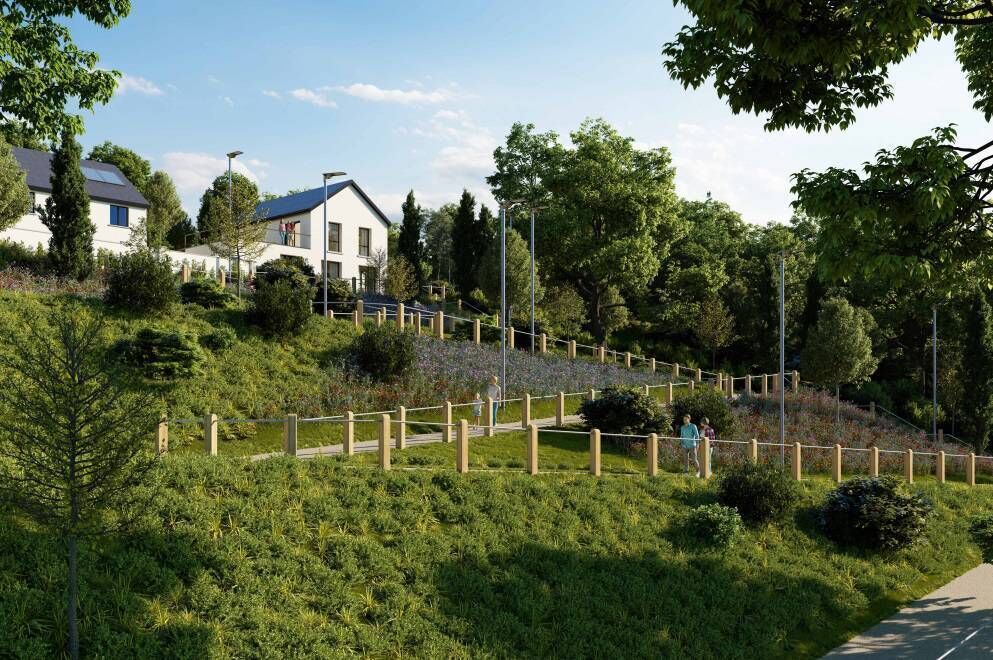
“The proposed development would, therefore, endanger public safety by reason of traffic hazard,” it said.
It said given the topography of the site, “suitable and useable" pedestrian or cyclist facilities cannot be achieved to "an acceptable level", and that as a result, the proposed development would be dominated by car use for most journeys, even "local trips to Glounthaune village, schools, and the railway station".
However, it disagreed with the inspector that the proposed development would be out of character with the pattern of development in the area.
The board said it believed that enough varied and high-quality public open space had been proposed given the sloping nature of the site and the advantageous southern aspect of it.

It said it believed the layout and design of the proposed development worked with the contours available, and that the quantity of cutting proposed for the roads would be relatively modest.
It said the loss of a relatively small number of locally important trees could be justified given the benefits that could accrue, and extensive new tree and hedge planting would improve the setting.
The board further disagreed with the inspector about the negative impact on visual amenity and cultural heritage of the area, by the removal of eight potential heritage trees associated with the gardens and woodlands of Ashbourne House.
It said the applicant had proposed mitigation measures that would provide for an appreciation of the existing overgrown rock garden and grotto, and that where trees were proposed to be felled, they would be replaced with the same species.




